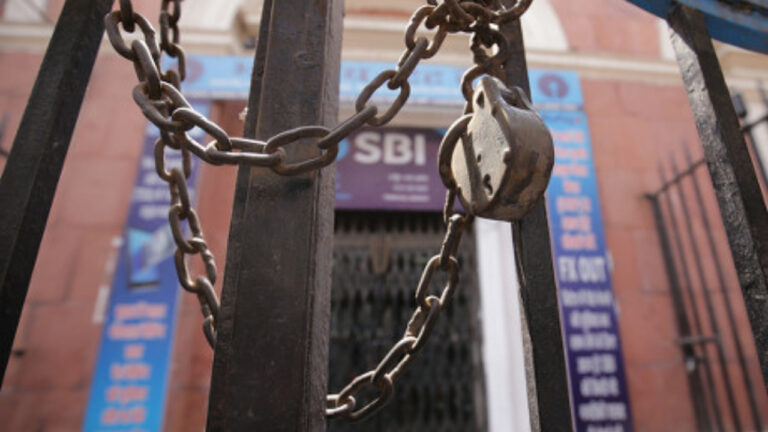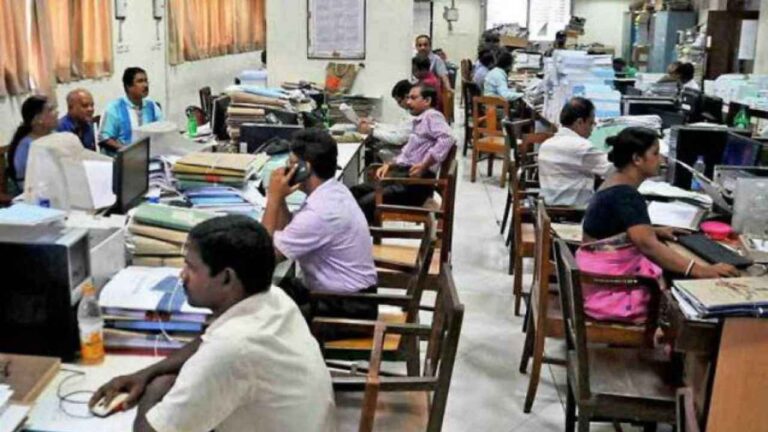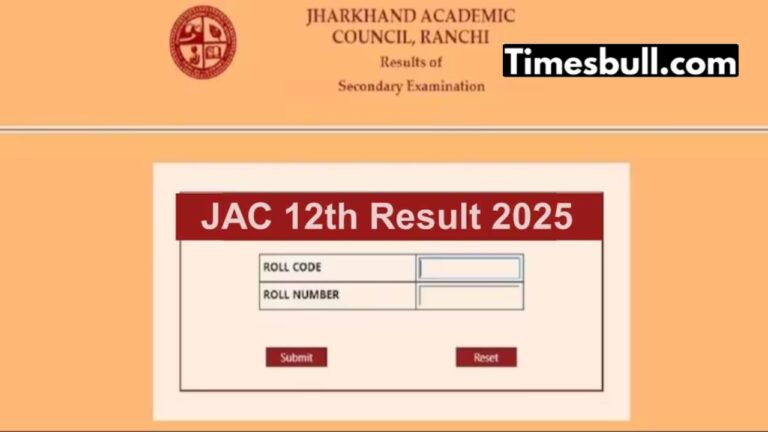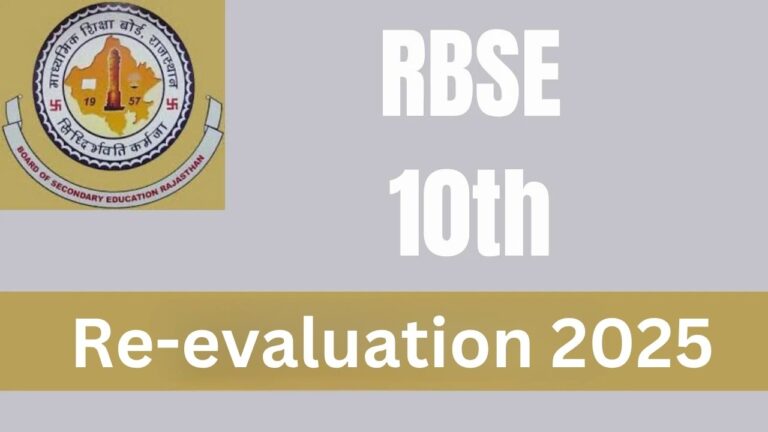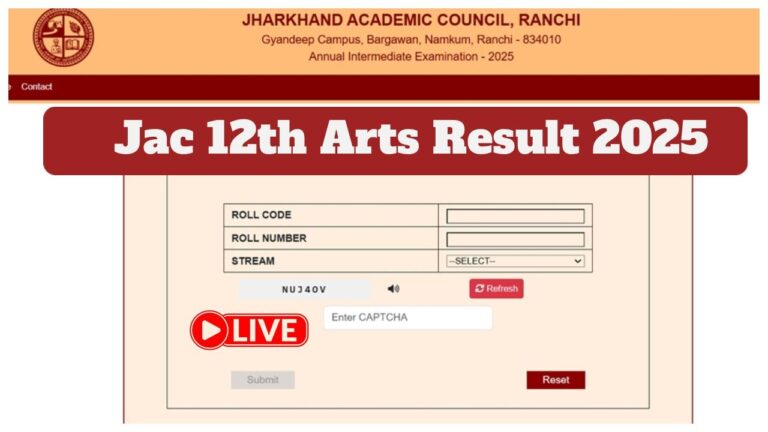To reduce investment tax, most people prefer a National Savings Certificate (NSC) and Bank Fixed Deposit (FD). These not only guarantee returns but also provide huge tax exemptions under Section 80C. However, for this, it is necessary to invest for at least 5 years. Now the question is what is the difference between NSC and FD? Which of the two is better?
National Savings Certificate (NSC)
National Savings Certificate (NSC) is a government savings scheme, which offers safe returns as well as tax benefits. Especially a five-year investment in NSC can prove to be a better option. Being backed by the government, it provides strong security to the investors.
Where will you get more profit

NSC has given 7.7% annual interest rate between January to March 2025. At the same time, according to reports, FDs offer interest rates of up to 6.5% – 7.5%. HDFC Bank and ICICI Bank offer interest rates of up to 7% in FD. Banks like SBI and PNB offer interest rates up to 6.5%, DCB Bank 8%, IndusInd Bank and Yes Bank 7.25%, Utkarsh Bank up to 7.50%.
TDS in NSC and FD
Let us tell you that Tax Deduction at Source (TDS) is not required for investment in NSC. On the other hand, if the annual interest rate in FD exceeds Rs 40,000 (general citizen) or Rs 50,000 (senior citizen), then it will be mandatory to pay TDS. This limit will increase from the next financial year. In such a situation, general citizens will have to pay TDS on interest rates above Rs 50,000, and for senior citizens, this limit will increase to Rs 1 lakh.
Tax exemption in NSC and FD
Talking about tax exemption, both NSC and FD are taxed up to Rs 1.5 lakh under section 80C. Tax is levied on the interest rate in NSC. Tax is deducted on completion of a year’s investment period. On the other hand, FD comes completely under income tax. TDS is deducted on FD.

The lock-in period of NSC and FD
The lock-in period of NSC and FD is usually five years. They cannot be withdrawn before that. However, withdrawal can be made before maturity (5 years) on death or court direction. Apart from this, people have to invest in NSC and FD for at least 5 years.
Which to choose between NSC and FD
Both NSC and FD can prove to be better options for investment. While NSC comes under the purview of the government, DICGC has protected FDs up to Rs 5 lakh. Investment of up to Rs 5 lakh of each investor per bank is protected. Make the right decision by understanding the advantages and disadvantages of both schemes, according to your financial situation and goals.



